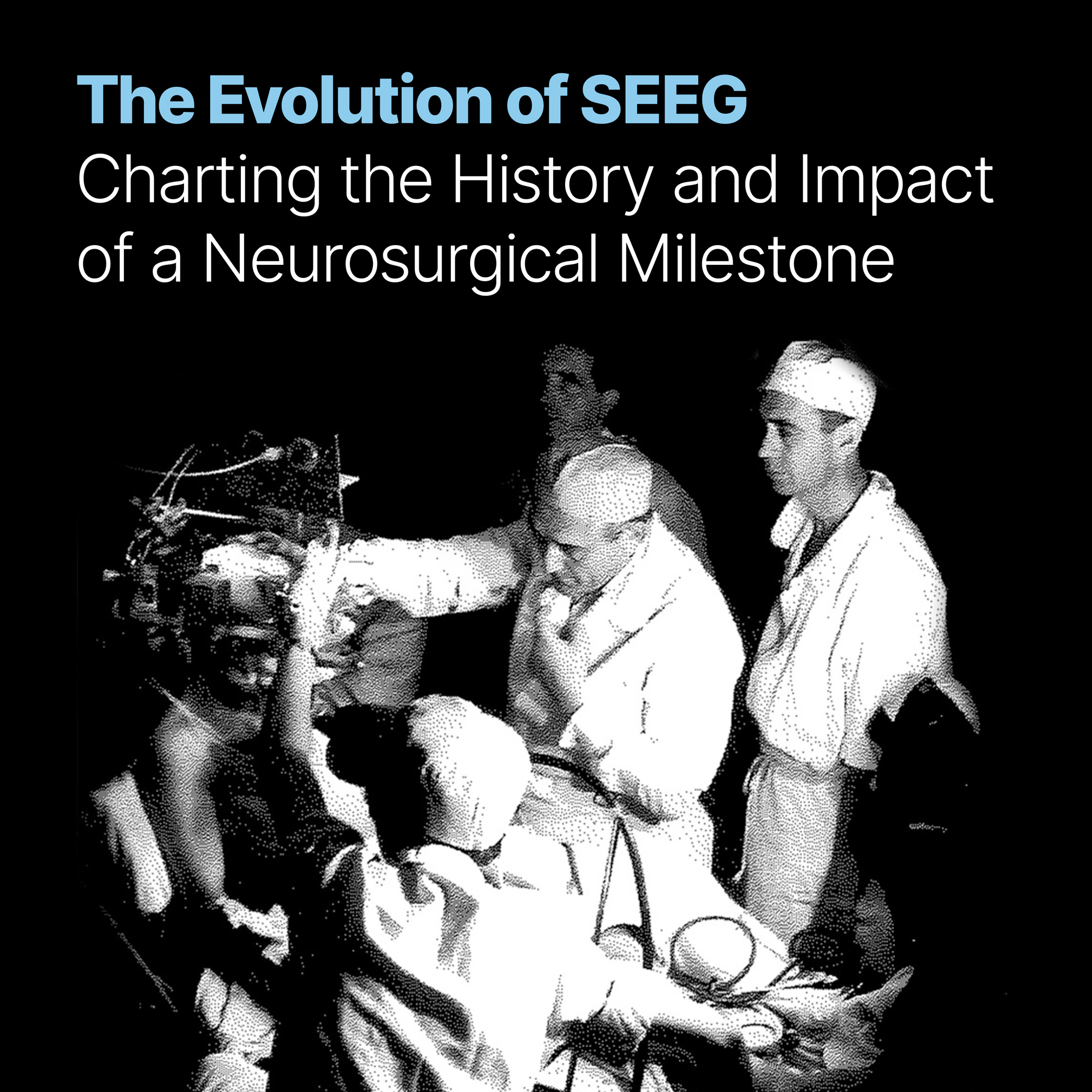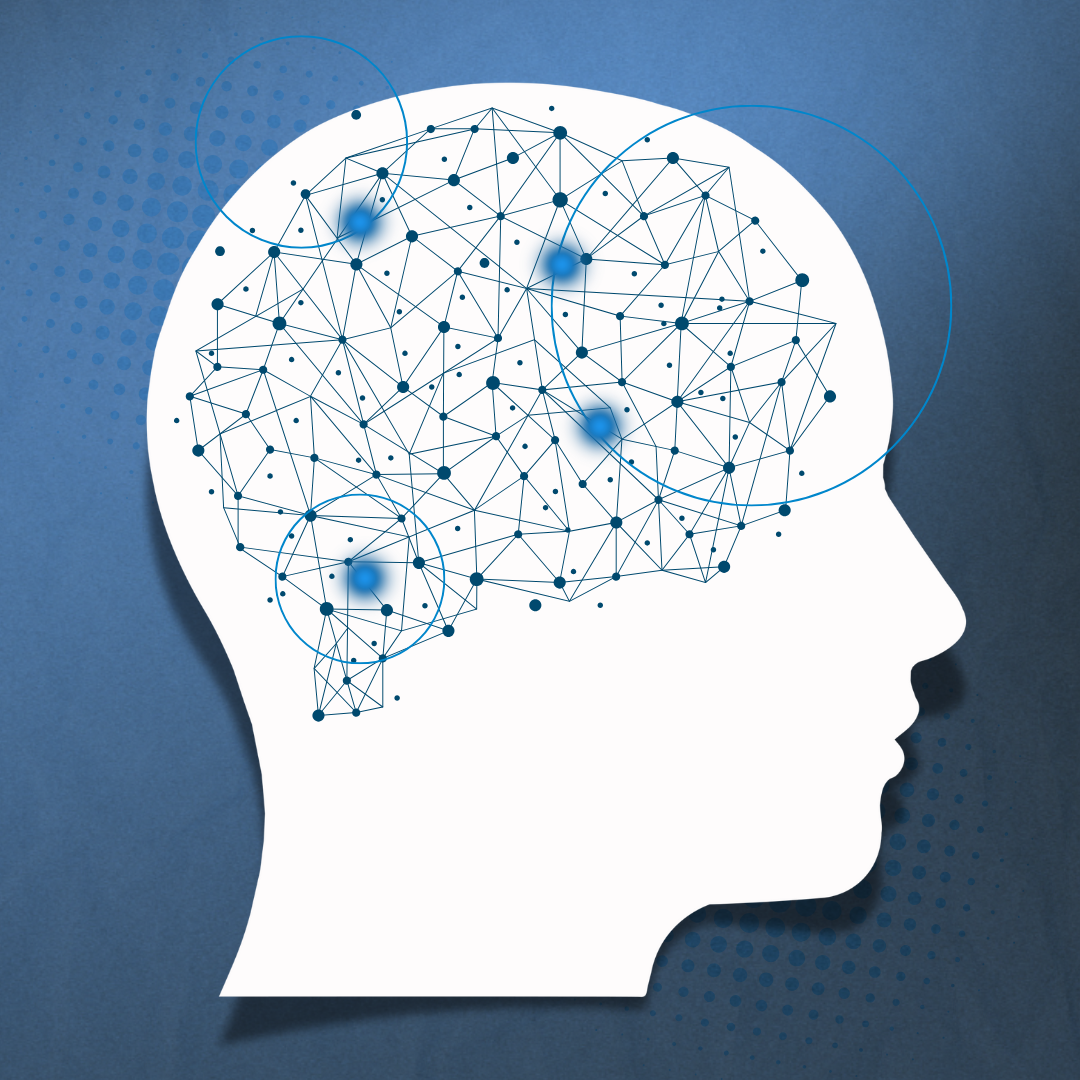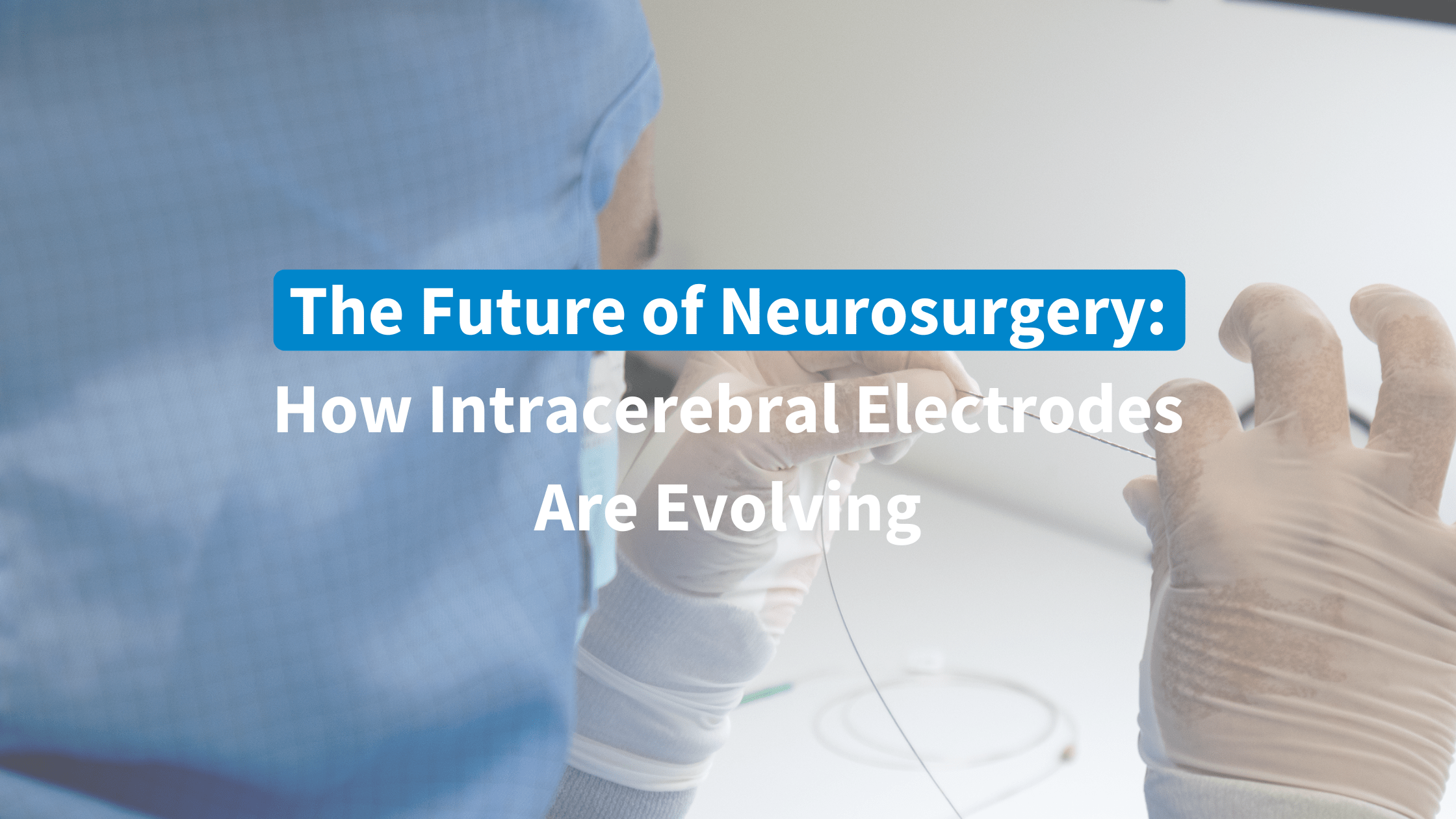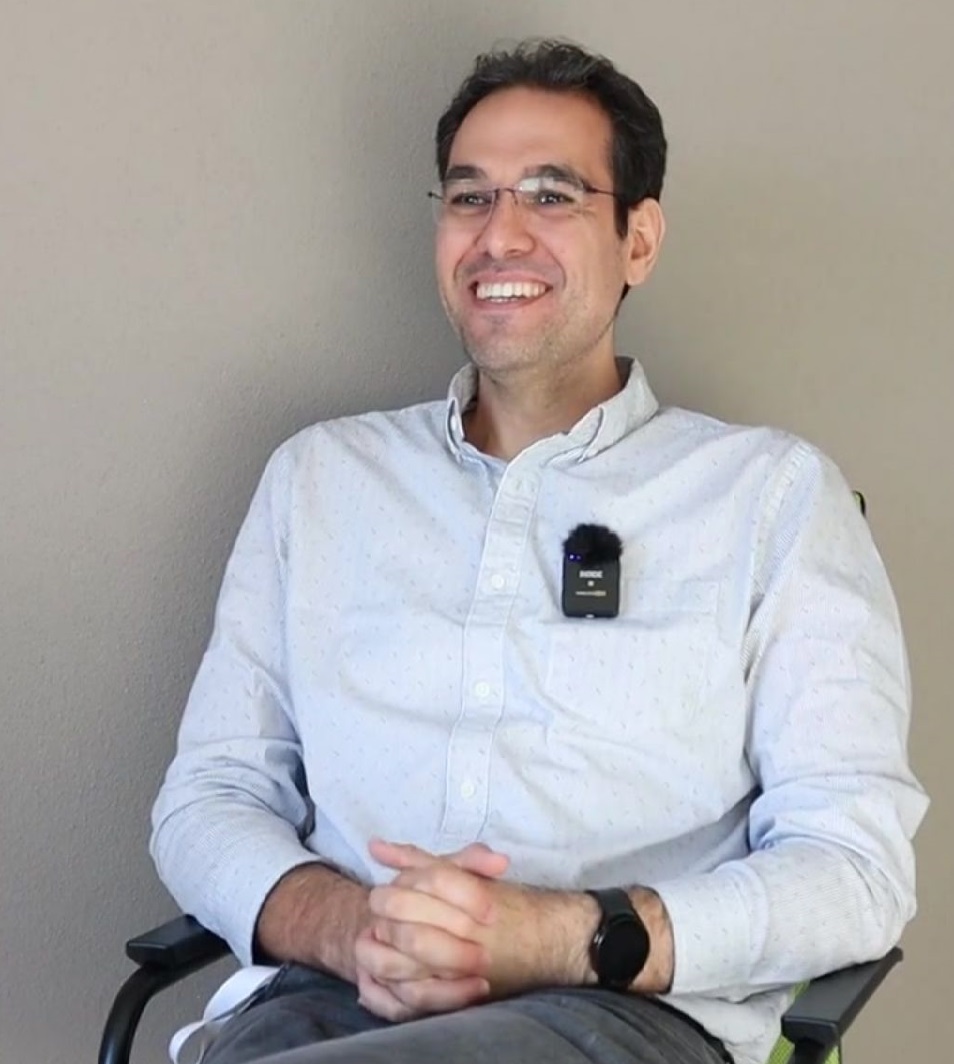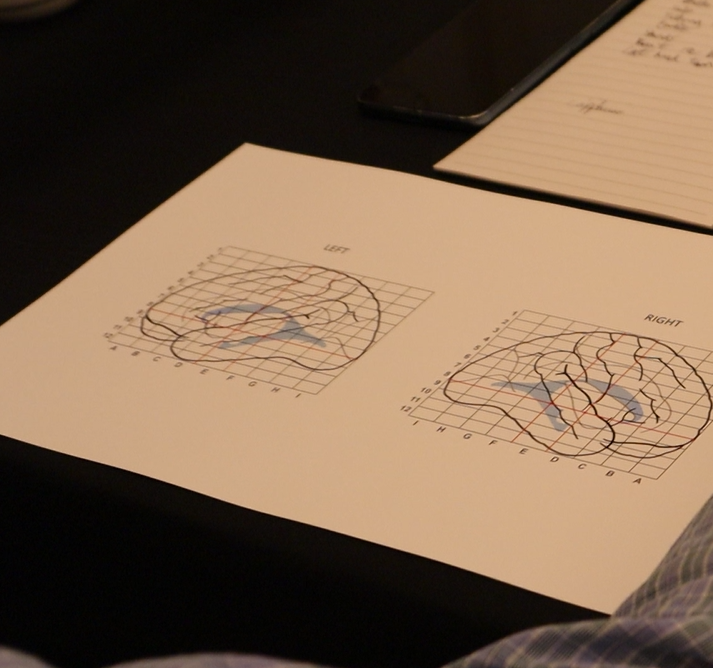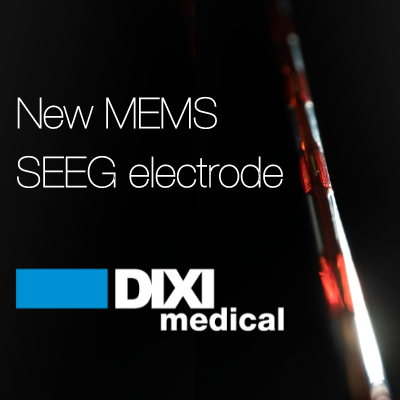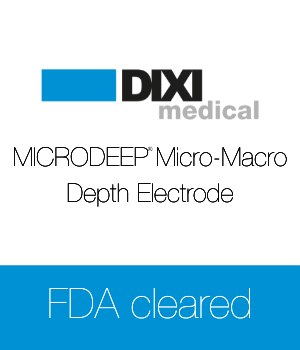In a world where sustainability and responsible waste management are becoming increasingly critical, it's essential to rethink recycling of electrodes.
A recycled electrode, a better life.
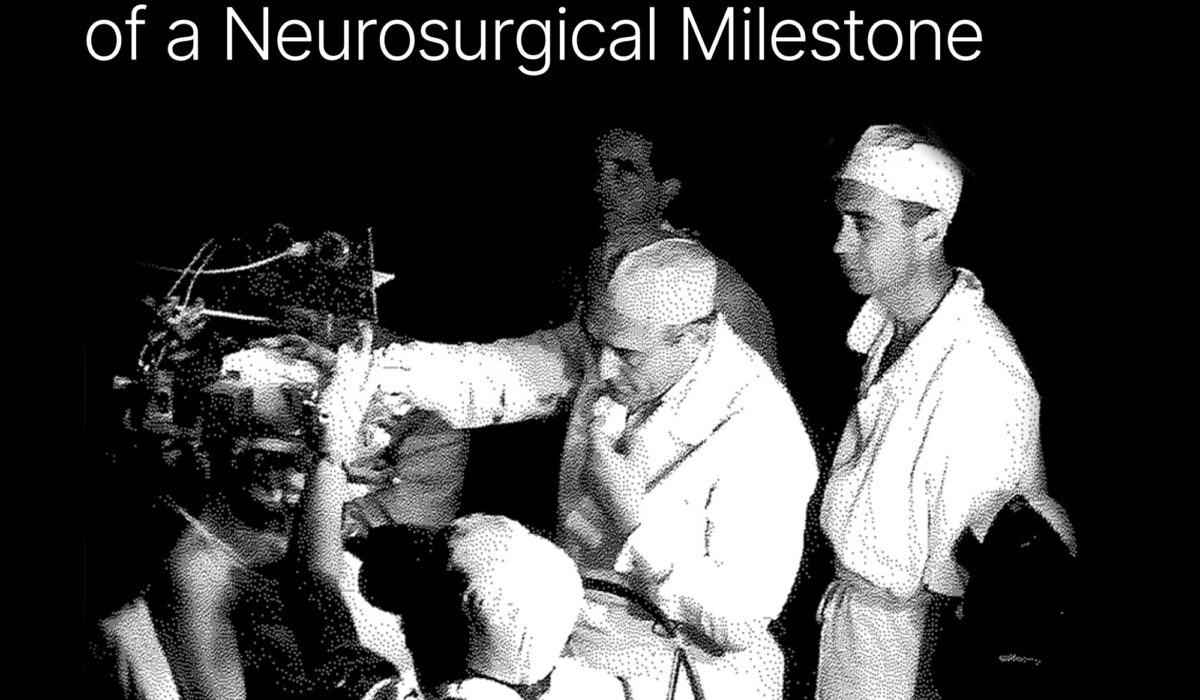
SEEG has become an indispensable tool in the evaluation and surgical treatment of drug-resistant epilepsy. By enabling three-dimensional mapping of brain activity, SEEG allows clinicians to uncover deep epileptogenic zones with a precision previously impossible using surface EEG or subdural grids.
Its story, however, is as much about innovation and interdisciplinary collaboration as it is about clinical advancement. From its pioneering roots in Paris to the global impact it holds today, SEEG’s evolution is deeply tied to the vision and technical mastery of medical and engineering communities, particularly the lasting contribution of DIXI medical.
SEEG: From Concept to Clinical Standard
Here is a timeline highlighting the major milestones in SEEG’s development and its adoption worldwide:
Late 1950s – Invention of SEEG: Jean Talairach and Jean Bancaud at Hôpital Sainte-Anne (Paris) pioneer the concept of three-dimensional intracerebral EEG using stereotactic methods. This marks the birth of SEEG.
1960s–1970s – Early Clinical Use: SEEG is applied selectively in French epilepsy centers, allowing for the localization of deep epileptogenic zones with unprecedented accuracy.
1970s – Technological Collaboration Begins: DIXI medical begins working with neurosurgeons at Rennes University Hospital to develop specialized electrodes for SEEG procedures.
2000s – Global Spread of SEEG: Centers in the U.S. and Canada begin integrating SEEG into their presurgical protocols. The Cleveland Clinic performs its first SEEG case in 2009.
2010s – Integration with Imaging & Robotics: SEEG undergoes a technological renaissance, benefiting from robotic guidance systems and advanced multimodal imaging.
Why SEEG Changed the Landscape of Epilepsy Surgery
Before SEEG, presurgical evaluations relied heavily on surface EEG and subdural grids, methods that often lacked the resolution to pinpoint deep-seated seizure foci. SEEG changed that equation.
By allowing three-dimensional recording of cortical and subcortical structures, SEEG:
Enables high-precision mapping of epileptogenic zones, even in complex or non-lesional epilepsy cases.
Differentiates primary seizure onset zones from propagation areas.
Facilitates tailored surgical planning, improving the chance of seizure freedom while protecting eloquent cortex.
Reduces surgical morbidity by allowing minimally invasive exploration with millimetric targeting.
These advantages have made SEEG particularly valuable in pediatric cases, MRI-negative epilepsy, and multilobar seizure disorders, areas where conventional methods often fall short.
DIXI medical’s Enduring Contribution
From the earliest days of SEEG’s clinical application, DIXI medical has been a trusted engineering partner for the neurosurgical community. The company’s dedication to quality, safety, and clinical collaboration has been essential to SEEG’s global adoption.
DIXI’s technology offers:
A wide range of contact configurations to support complex case planning
Compatibility with robotic systems
Rigid safety and quality standards validated and recognized by FDA and CE-MDR certifications
By consistently working hand-in-hand with clinicians, DIXI medical has shaped the tools that define the modern SEEG experience. Their products are used in epilepsy centers worldwide, supporting thousands of procedures each year.
Looking Ahead: Precision-Guided Futures
As SEEG technology continues to intersect with advancements in neuroimaging, machine learning, and predictive analytics, its role in epilepsy care will only expand. Real-time seizure forecasting, precision medicine strategies, and AI-assisted interpretation are rapidly becoming part of the SEEG landscape.
DIXI medical remains committed to advancing these frontiers, developing next-generation tools that will support clinicians as they push the boundaries of epilepsy treatment.
SEEG’s Legacy and Promise
SEEG is more than a technique, it is a philosophy of precision, a tool of discovery, and a lifeline for patients with otherwise intractable epilepsy. From its pioneering origins in Paris to its current status as a global clinical standard, SEEG has redefined what is possible in neurosurgery.
At every step of that journey, DIXI medical has been there, helping to engineer the tools that make progress possible.
In a world where sustainability and responsible waste management are becoming increasingly critical, it's essential to rethink recycling of electrodes.
In the intricate landscape of neurosurgery, precision is not a luxury, it is a clinical necessity. The exact placement of intracranial electrodes underpins nearly every decision in surgical planning for epilepsy, brain tumors, and functional disorders. As diagnostic and therapeutic interventions become more refined, so too must the tools and techniques we rely upon.
The evolution of stereo-electroencephalography (SEEG) has transformed epilepsy treatment by offering deeper insights into seizure foci localization and seizure networks.
The global leader for SEEG depth electrodes, resuming direct sales in the U.S. following the contractual end of its distribution partnership with NeuroPace.
Epilepsy treatment has come a long way. For decades, clinicians relied on surface EEG and educated guesswork to determine the origins of seizures, often falling short when it came to localizing deep-seated seizure foci.
Neurosurgery is experiencing a transformative era, with intracerebral electrodes playing a pivotal role in advancing our understanding and treatment of neurological disorders, particularly epilepsy.
Faiçal Isbaine joined DIXI medical as our new Director Clinical Development
We are pleased to announce the creation of a new scientific direction within DIXI medical...
At DIXI medical, we are proud to support the continuing and specialized education of healthcare professionals in the field of epilepsy.
We are delighted to announce the arrival of our new VP Research & Development, Pierre Fridez.
We are thrilled to announce that Health Canada has approved thermocoagulation procedures as an extension of the intended use of our depth electrodes.
John Gale, renowned Neurophysiologist, Vice President of DIXI NeuroLab, launches an insightful 6-Episode webinar on the inner workings of the human brain and microelectrode recordings.
MEET KILLIAN PEIER! Killian Peier is a Swiss ski-jumping athlete, silver medallist at the World Championships in 2018. DIXI is proud to
PASSION AND DEDICATION In those uncertain times, some things remain unchanged… our passion and dedication!It might be ski jumping, or manufacturing intracerebral
A BIT OF FRESH AIR… We all love Summertime! ? But we also do like to have a short and refreshing break
EPILEPSYX.NET DIXI medical is very proud to support EpilepsyX.Net. This initiative is made by and for Doctors and Healthcare Professional Treating Epilepsy Care
NEW MEMS SEEG ELECTRODE Exciting news for the future of SEEG electrodes! Click on the link here: https://www.globenewswire.com/news-release/2021/07/06/2257955/0/en/Adept-Neuro-Reaches-Key-Milestone-in-the-Development-of-Novel-Intracerebral-Stereoelectroencephalography-SEEG-Electrodes.html Video template title Video
KILLIAN IS BACK IN THE AIR? Killian did his first jump since his injury! We are delighted to know him back in
EPILEPSY AWARENESS MONTH? November is Epilepsy Awareness Month. It is time to exchange, share information, and raise awareness together. Video template title Video
MICRODEEP® MICRO-MACRO DEPTH ELECTRODE We are very happy to announce that the MICRODEEP® Micro-Macro Electrode is now FDA cleared. A unique multi-contact, flexi-rigid
NEUROPACE ANNOUNCES DISTRIBUTION AGREEMENT WITH DIXI MEDICAL USA NeuroPace Announces Distribution Agreement with DIXI Medical USA, Provider of Intracranial Electrodes and Instruments

